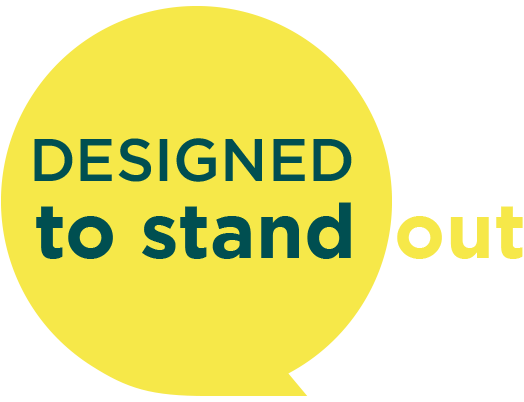There is no shortage of data to suggest that Private Brand grocery is steadily occupying more shelf space than ever before. Contemporary Private Brand is usurping National Brand loyalty as consumers are becoming more attuned to ingredients and nutrition facts. GMO’s, artificial colors and added sugars, or the lack thereof, have contributed to a sea change of consumer’s attitudes about the quality of Private Brand products.
A recent Nielsen finding reported that Private Brand products grew three times faster than national brands in 2017. The report additionally stated Private Brands are experiencing, "a complete reversal in growth trajectory compared to manufacturer branded items."
As more and more grocers invest in their Private Brand programs the competition is not only a matter of a retailer’s Private Brand vs. the National Brand equivalent, it’s also one retailer’s Private Brand vs. another retailer’s Private Brand.
What is the defining characteristic that differentiates every retailer’s respective Private Brand products? The products themselves? The value? The quality? Most likely none of the above. In most cases retailers are sourcing from similar, if not the same, manufacturers.
So is it the design? The retailer’s Private Brand logo? Not necessarily.
Retailers can no longer rely on the implicitness of Brand equity to convey trust and authenticity. In other words, slapping a logo on a box of Private Brand Mac ’n’ Cheese is simply not enough.
This is why creativity is such a critical part of the Private Brand equation. Successful creative teams understand that it’s not just a matter of executing good design, but also understanding how to position a product by thinking conceptually. Consumers want to be engaged, entertained and given a reason to smile. This is a concept best defined as the totality of the experience.
Let’s think about that box of Mac ’n Cheese. Pretend this product has reached the design phase of a retailer’s Private Brand program. As a member of a creative team this is what I would want to know (above and beyond a standard creative brief):
What is a compelling reason to pick up this box of Private Brand Mac ’n’ cheese vs. a National Brand? How is the product being distinctly communicated in a dizzying array of competing products? Once that box is in the consumer’s hands, what other information is being conveyed? What’s the story behind the item? What’s special about the Mac ’n’ cheese? How is it different from competitor’s Private Brand Mac ’n’ Cheese?
These are important questions creative teams should be answering through developing strong concepts, executing stellar design and crafting rockstar level copywriting—this is to say, creating a holistic and total experience.
There is plenty of room to be the retailer that has their products featured on PopSugar or Refinery29. There is no shortage of ways to create memorable experiences with an item’s shelf presence that make it worthy of Instagram—replete with the hashtag #toocute.
The problem with many Private Brand programs is that the idea of “experience” is left out of the Brand Guide or design process. Or, worse, it is assumed that experience is created by color and type alone. Unfortunately, the average consumer is not going to reach for a bottle of Private Brand ketchup because the Brand Guide insists the typeface Veneer cultivates feelings of authenticity and trust. So how can experience be created?
During my tenure as a senior member of Trader Joe’s package design team I was assigned a cheese label. Not a glamorous project by any means. The label was small and most of the space was dedicated to a nutrition facts panel and an ingredient statement. The product was an Oakwood Smoked Cheddar Cheese, a lot of type to fit into a small space—in other words there was not a whole lot of room to exercise a high-level of design acumen. Before wrapping up the label, I decided to add the words “oakely doakely” in very small 8pt type at the bottom of the label—a pun-filled nod to Ned Flander’s (of The Simpsons) catch phrase, “okely dokely”. This very small, seemingly innocuous little detail generated plenty of positive feedback and buzz.
Did every customer pick up on it? Perhaps not. Did it negate the design if a customer didn’t pick up on it? No. But, conceptually an experience was created. To the customer that picked up this cheese and discovered the pun, (maybe even after they got home), a smile was generated. This experience is now connected to the brand, not by way of a logo or typeface, but rather through creative engagement.
Creating an experience doesn’t have to be a hit-you-in-the-face affair. Sometimes a small creative gesture is all it takes to create a memorable experience. In a world full of real-time push-notifications and A.I. listening to our every word, giving consumers a reason to pause and smile is a pretty powerful way to experience a strong brand connection.
David Ziegler-Voll is Creative Director at MBD in Boston, MA. Prior to joining MBD, David spent 10 years at Trader Joe’s as a senior member of their Package Design team.
![[Image: logo]](/sites/marketingbydesign/themes/zen_mbdesign_v3/images/asset_nav_mbd_logo@2x.png)
